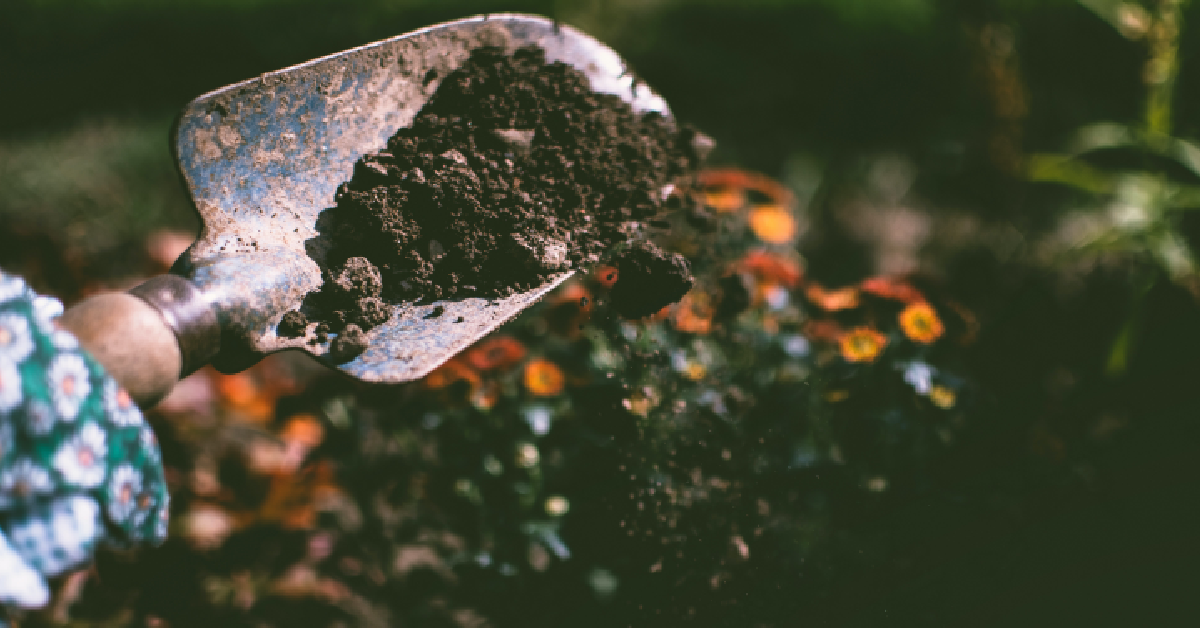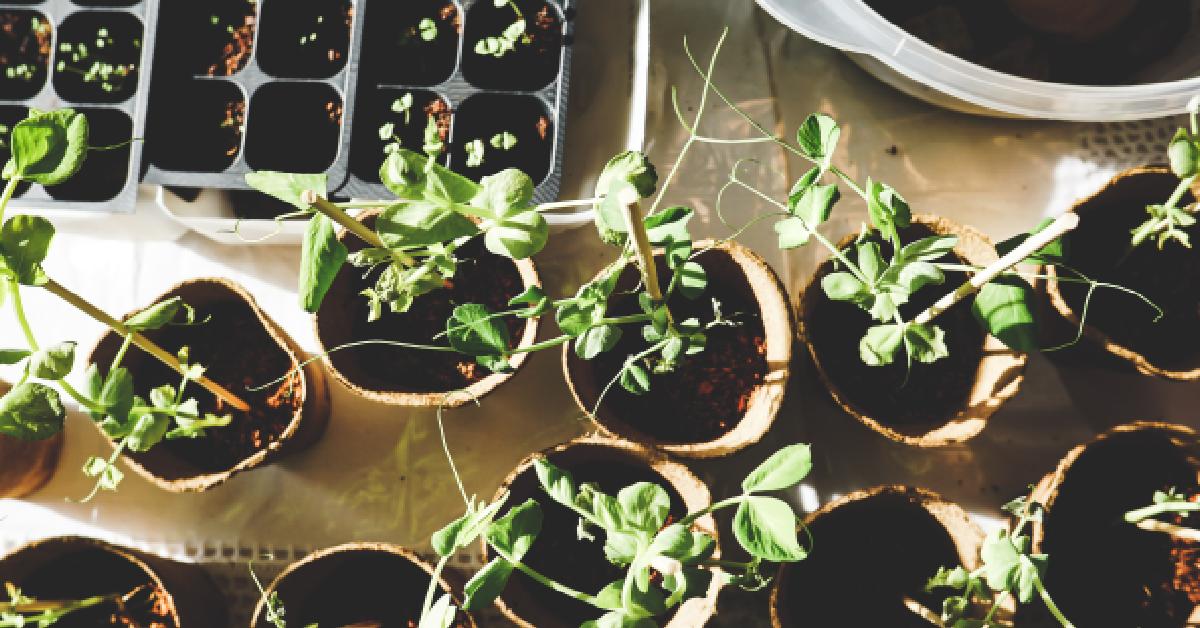Readers who have a wood-burning stove at home or a fireplace will want to read on and learn more, especially if you have a garden as well. The same goes for anyone who has a fire pit.
As it turns out, the ashes from these areas can be used in the garden, even if that process sounds counterproductive to some.

According to the University of Wisconsin-Madison, these ashes offer all sorts of benefits to your garden that you may not have considered before.
This is crucial for those who believe that the soil quality in their garden needs to be improved. Most gardeners would probably agree with this assessment. After all, most gardens do not offer anything resembling perfect soil quality and that requires us to get a bit more creative over the long haul.

For starters, the soil that can be found in our gardens can be overly acidic. The ash that we can find on our own properties goes a long way in this regard. You may have heard that people will add lime to their soil in these scenarios but ash is actually said to work as well. The University of Madison-Wisconsin recommends one pound of aglime with four cups of wood ash.
To get the most out of this plan, you will want to take the time to do a pH test. This lets you know everything that you need to know about the state of the garden. Home and garden stores provide the testing kits, in case you are struggling to find one.

Is the pH level in the garden below 6.5? If so, this is a sign that you need to add ashes to the equation. Acidity is lowered when these decisions are made. It is always better for a gardener to remain proactive, instead of reactive. Ash contains all sorts of nutrients that your soil will love as well, including calcium, magnesium, phosphorous, and potassium.
By neutralizing the acid levels in the soil, you are able to enjoy healthier plant growth. If you have a veggie garden, this is a great plan to spur future crops to their full potential. For best results, sprinkle a light layer of ash into the soil and mix it together with a garden rake. Don’t make the mistake of adding ash if you have plants that actually thrive in more acidic conditions.













